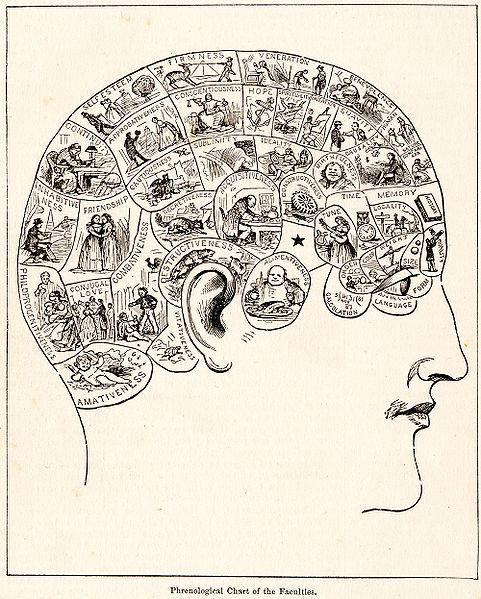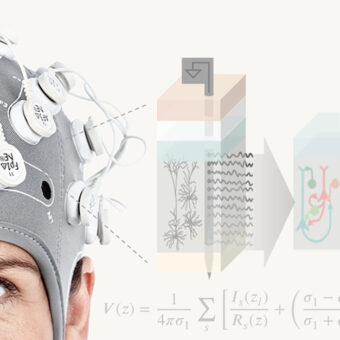Brain Science is older than you might expect. Of course, many of the first brain theories were wrong, but you might be surprised by the fact that the first known writings about the brain date fback to 4000 BC. Let’s have a quick overview of some of the main historical milestones regarding the Unknown History of Brain Science:
- Around 4000 BC, the Sumerians wrote a text describing the effects of the ingestion of the ‘poppy’ plant. This is often considered the first known writing on the brain.
- Back in 2500 BC, the Egyptians believe that the heart is the most important organ of the body and the source of good and evil. During the embalming process, the heart is preserved for mummification while the brain is discarded, since it is considered a minor organ.
- Around 400 BC, Hippocrates, the father of medicine, discusses epilepsy as a disturbance of the brain. He also considers the brain to be related with sensation and to be the seat of intelligence. Some few years later, Plato teaches that the brain is the seat of mental processes. His disciple Aristoteles on the other hand, believes that the heart is the seat of mental processes. I guess not all geniuses are always right, or might it be that Aristoteles was fascinated by the Egyptian culture?
- Around 47 AD, the first neurostimulation therapies are undertaken by Scribonius Largus, the court Physician to Roman emperor Claudius. This fact struck me the most, since electricity was not even discovered yet! How the heck did Scribonius manage to apply electrical currents? Well, the solution he found is simple and elegant: using electrical torpedo fish (eels), which he applied on the body of patients to release pain. Cool!!
- Until around 1500 AD, not much more happens in brain science, since human dissection and anatomy is banned by the Church. In any case, primitive brain surgery is performed by barbers who offer they services to extract the ‘stone of madness’ from the skull of mentally ill patients. I would not go for that surgery…Aren’t barbers meant to shave?
- During the Renaissance (1400-1600), human dissection starts againand many advances in neuroscience (mostly from an anatomical point of view) are made. A hidden fact from this time is that vivisections are also carried out on death-penalty criminals. Ouch! That must have hurt…
- In 1791, Luis Galvany publishes a work describing his experiments on electrical stimulation of frog’s nerves. A few years later (1819) Mary Shelley publishes her famous novel ‘Frankenstein‘, which can also be considered a milestone in brain science…fiction.
- In 1808, Franz Joseph Gall publishes work on phrenology, a pseudoscience stating that different brain functions are located in different places or modules, such as friendship, courage, ambition, etcetera …. He also states that measuring the skull of a subject provides a lot of information about his/her personality. This theory, which was soon abandoned because of lack of scientific rigour, happened to be very influential in neuropsychology. Actually, in modern times it has been discovered that the brain actually does have specialised areas such as the visual cortex and the motor cortex…we can conclude that Mr. Gall had a lucky fluke.

- In 1848, Phineas Gage, a railroad worker, survives and actually recoveres from an accident in which an iron rod (3.2 diameter and 110 cm long) was driven completely through his head, destroying much of his left frontal lobe. Although little is known about Gage’s life, it seems that his personality changed radically after the accident. Being hard-working, responsible, and “a great favourite” with the men in his charge, after the accident he was fitful, irreverent, indulging at times in the grossest profanity, at times pertinaciously obstinate, yet capricious and vacillating, … This incident showed that behaviour and personality traits are indeed localised in certain areas of the brain.
- In 1929, Hans Berger records the first human electroencephalogram (EEG). Nowadays EEG is a widely used technique in psychiatric diagnosis and in brain research. What it is less known is that Hans Berger had a great interest in the scientific study of telepathy. It seems that he had a near-death-experience and that his sister, many kilometres away, had a feeling that Hans was in danger. This fact struck Mr. Berger so much that he decided to switch his mathematical/astronomy studies for medicine, with the goal of discovering the physiological basis of “psychic energy”.
Much more interesting things happened in the 20th century and for sure many important discoveries will be made in the 21st century. Soon I will write about modern discoveries in Brain Science, which are also quite fascinating. As a preview, the discovery of Quantum Physics allowed many important discoveries in Neuroscience…how can this be? I am sure many readers know the answer. For those who don’t, please stay tuned!



